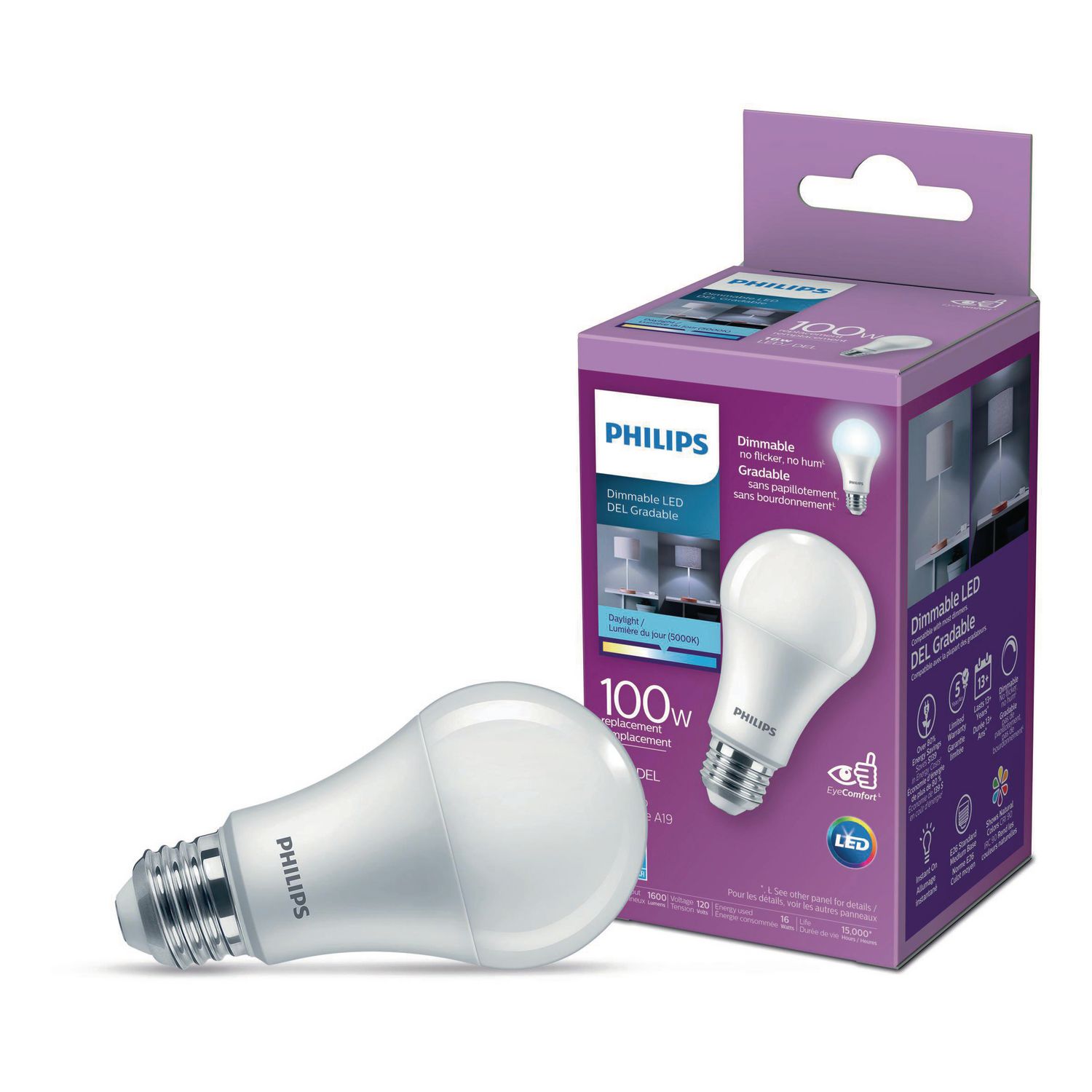

Articles
How Many Lumens In A 100-Watt LED Bulb
Modified: February 22, 2024
Discover the answer to how many lumens are found in a 100 watt LED bulb in this informative article. Gain insights and knowledge about LED lighting and its lumen output.
(Many of the links in this article redirect to a specific reviewed product. Your purchase of these products through affiliate links helps to generate commission for Storables.com, at no extra cost. Learn more)
Introduction
When it comes to choosing the right light bulb for your home or office, it’s essential to understand the terminology associated with lighting. Lumens and watts are two terms that are often used interchangeably, but they actually represent different aspects of a light bulb’s performance. In this article, we will focus on the relationship between lumens and watts, specifically exploring how many lumens are typically found in a 100-watt LED bulb.
Before we delve into the specifics, let’s take a moment to understand the concepts of lumens and watts. Lumens measure the total amount of visible light emitted by a light source, while watts measure the amount of energy consumed by the bulb to produce that light. In simple terms, lumens indicate the brightness of the bulb, while watts indicate its power consumption.
In the past, when incandescent bulbs dominated the market, wattage was a commonly used metric to gauge the brightness of a bulb. A 100-watt incandescent bulb was considered a standard, providing a bright and illuminating light. However, with the emergence of LED technology, the relationship between lumens and watts has shifted.
LED bulbs are much more energy-efficient compared to traditional incandescent bulbs. They can produce the same amount of brightness with significantly lower wattage. This efficiency is important because it allows you to save money on your electricity bills while still enjoying adequate illumination in your space.
Now, let’s explore the relationship between lumens and watts in LED bulbs and find out how many lumens are typically found in a 100-watt LED bulb.
Key Takeaways:
- LED bulbs with higher lumens offer brighter illumination, enhanced visibility, and energy efficiency, making them a cost-effective and environmentally friendly lighting solution for various spaces.
- Understanding the relationship between lumens and watts allows for informed decisions when choosing LED bulbs, contributing to a more sustainable future while enjoying efficient and long-lasting lighting solutions.
Understanding Lumens and Watts
Before we delve into the specifics of lumens in a 100-watt LED bulb, let’s gain a deeper understanding of lumens and watts and their significance in lighting.
Lumens are a measurement of the total amount of visible light emitted by a light source. Essentially, it quantifies the brightness of the bulb. The higher the number of lumens, the brighter the light will be.
On the other hand, watts measure the amount of power consumed by the bulb to produce that light. In the past, when incandescent bulbs were dominant, wattage was used as a general indicator of brightness. However, with the advent of energy-efficient lighting, such as LED bulbs, the relationship between lumens and watts has shifted.
LED bulbs are known for their efficiency. They consume significantly less power compared to traditional incandescent bulbs while providing the same level of brightness. This efficiency is measured by the efficacy of the bulb, which is the number of lumens emitted per watt of power consumed.
For example, an LED bulb may produce 800 lumens of light while consuming only 10 watts of power, while an incandescent bulb may require 60 watts to achieve the same level of brightness. This stark difference in wattage highlights the energy-saving potential of LED lighting.
It’s important to note that lumens and watts are not directly interchangeable. While lumens indicate the brightness of the light, watts reflect the power consumption. As a result, when shopping for light bulbs, it’s essential to look at the lumen output rather than the wattage to determine the appropriate brightness level for your needs.
In recent years, lighting manufacturers and regulators have acknowledged the importance of clarity in light bulb labeling. As a result, many light bulb packages now prominently display the lumen output, making it easier for consumers to make informed decisions. This shift has significantly contributed to the widespread adoption of LED bulbs among consumers.
Now that we have a better understanding of lumens and watts, let’s explore how the relationship between these measurements manifests in a 100-watt LED bulb and the implications it has for lighting choices.
Lumens vs. Watts: What’s the Difference?
When it comes to choosing the right light bulb, understanding the difference between lumens and watts is crucial. While lumens measure the brightness of a bulb, watts indicate the amount of power it consumes. Let’s delve deeper into the distinction between these two terms.
Lumens, as previously mentioned, measure the total amount of visible light emitted by a light source. It is the most accurate way to determine how bright a bulb will be. The higher the lumen count, the brighter the light produced. For example, a bulb with 800 lumens will be brighter than one with 500 lumens.
On the other hand, watts refer to the amount of electrical power consumed by a bulb. In the past, it was common to associate higher wattage with brighter lighting. However, this association no longer holds true with energy-efficient lighting options, such as LED bulbs.
LED bulbs are known for their high lumen output while consuming significantly fewer watts compared to traditional incandescent bulbs. This means that LED bulbs can provide the same level of brightness as incandescent bulbs while using less energy. For instance, a 100-watt incandescent bulb can be replaced by an LED bulb that emits the same amount of light but consumes only 15-20 watts.
This shift in lighting technology and understanding has prompted a transition from using wattage as a measure of brightness to relying on lumens instead. With the same number of lumens, LED bulbs can provide a more energy-efficient and cost-effective solution for illuminating a space.
So, how do you determine the right number of lumens for your lighting needs? The recommended lumen count depends on the specific area and purpose of the lighting. In general, here are some common guidelines:
- In living rooms and bedrooms, aim for 1,500 to 3,000 lumens for ambient lighting.
- In kitchens and workspaces, where brighter illumination is needed, opt for 3,000 to 6,000 lumens.
- For task lighting, such as reading or working at a desk, look for around 450 to 800 lumens.
By focusing on lumens rather than watts, you can ensure that you choose the right level of brightness for your space without unnecessarily increasing your energy consumption or utility bills.
Now that we have a clear understanding of lumens versus watts, let’s explore the efficiency of LED bulbs and how it relates to lumens in a 100-watt LED bulb.
The Efficiency of LED Bulbs
LED bulbs have revolutionized the lighting industry with their exceptional energy efficiency. Unlike traditional incandescent bulbs that waste a significant amount of energy as heat, LED bulbs convert a higher percentage of the electricity they consume into visible light.
One measure of a bulb’s efficiency is its efficacy, which is measured in lumens per watt (lm/W). This metric quantifies the amount of brightness a bulb produces per unit of electrical power it consumes. LED bulbs have a high efficacy compared to other lighting technologies, making them highly efficient.
On average, an LED bulb can produce around 70-100 lumens per watt. This means that a 10-watt LED bulb can emit 700-1000 lumens, providing a level of brightness comparable to a 60-watt incandescent bulb. This significant difference in efficiency showcases the superiority of LED technology.
LED bulbs achieve their efficiency through several factors, including the use of semiconductor materials. Semiconductors convert electrical energy into light without excessive heat generation, making them much more efficient than traditional filament-based lighting.
Furthermore, LED bulbs do not require warm-up time like their incandescent counterparts. They instantly produce full brightness as soon as they are turned on, eliminating wasted energy during the warm-up period.
LED bulbs also have a longer lifespan compared to incandescent bulbs, which adds to their efficiency. While incandescent bulbs typically last around 1,000 hours, LED bulbs can last up to 25,000 hours or more, depending on the specific model. This extended lifespan reduces the frequency of replacements and further contributes to energy and cost savings.
With their high efficiency, LED bulbs have gained popularity in residential, commercial, and industrial settings. They are widely used for general lighting, task lighting, ambient lighting, and even specialty applications, such as outdoor lighting and decorative fixtures.
Now that we understand the efficiency of LED bulbs, let’s explore how many lumens are typically found in a 100-watt LED bulb and compare it to traditional incandescent bulbs.
Lumens in a 100 Watt LED Bulb: Explained
When we talk about lumens in a 100-watt LED bulb, it’s important to note that the wattage mentioned here does not refer to the actual power consumption of the LED bulb, but rather the equivalent brightness that a traditional incandescent bulb would produce. In reality, LED bulbs are much more energy-efficient and consume a fraction of the wattage compared to incandescent bulbs.
To understand the lumens produced by a 100-watt LED bulb, we need to look at the efficacy of the bulb. As mentioned earlier, efficacy is the measure of how many lumens a bulb produces per watt of power consumed.
On average, an LED bulb can achieve an efficacy of around 70-100 lumens per watt. So, if we assume an efficacy of 80 lumens per watt, a 100-watt LED bulb would produce approximately 8,000 lumens of light.
It’s worth mentioning that the actual lumen output of an LED bulb may vary depending on the specific product and manufacturer. Some LED bulbs may have a higher efficacy and produce more lumens per watt, while others may have a slightly lower efficacy and produce fewer lumens.
The lumen output of an LED bulb is typically indicated on the packaging or product specifications. Manufacturers often provide a range of lumens based on the wattage equivalent of traditional incandescent bulbs. For example, a 100-watt equivalent LED bulb may produce around 1600-1800 lumens.
When selecting an LED bulb, it’s important to consider the desired level of brightness for your space. Depending on the room and lighting needs, you may opt for a bulb with a higher or lower lumen output. For instance, a 100-watt LED bulb with a higher lumen output of 10,000 lumens would be suitable for larger areas or spaces that require brighter illumination.
By understanding the lumen output of LED bulbs, you can make informed decisions and choose the right bulb for your specific lighting requirements. LED technology provides flexibility, allowing you to customize the brightness of your space while enjoying the benefits of energy efficiency.
Now, let’s compare the lumens in a 100-watt LED bulb to traditional incandescent bulbs to highlight the advantages of LED lighting.
A 100 watt LED bulb typically produces around 1600 to 1800 lumens. Be sure to check the specific product details for the exact lumen output of the bulb you are considering.
Read more: How Many Lumens 100 Watt Incandescent Bulb
Comparison with Traditional Incandescent Bulbs
When comparing the lumens in a 100-watt LED bulb to traditional incandescent bulbs, it’s important to understand the significant differences between these two lighting technologies. LED bulbs outshine incandescent bulbs in terms of energy efficiency, longevity, and overall performance.
Incandescent bulbs have been the go-to light source for many years, but they are known for their inefficiency. A 100-watt incandescent bulb produces around 1,200 lumens of light. However, this high lumen output comes at a cost—literally. Incandescent bulbs waste a significant amount of energy in the form of heat, with only a small percentage of the energy being converted into visible light. This inefficiency not only contributes to higher electricity bills but also puts a strain on our environment.
On the other hand, a 100-watt LED bulb can produce the same lumen output as an incandescent bulb, but with significantly lower power consumption. As we discussed earlier, LED bulbs have a much higher efficacy, typically ranging from 70 to 100 lumens per watt. This means that an LED bulb that consumes only 15 to 20 watts can produce 1500 to 2000 lumens, equivalent to the brightness of a 100-watt incandescent bulb.
The energy savings achieved by using LED bulbs are remarkable. LED bulbs consume up to 80% less energy than incandescent bulbs, resulting in substantial cost savings over the bulb’s lifespan. Moreover, LED bulbs have a significantly longer lifespan, averaging around 25,000 hours or more, compared to the 1,000-hour lifespan of an incandescent bulb. This means fewer bulb replacements, reduced waste, and lower maintenance costs.
In addition to being energy-efficient and long-lasting, LED bulbs offer several other advantages over incandescent bulbs. LED bulbs are more durable and resistant to shock and vibrations, making them suitable for various applications, including outdoor lighting and industrial settings.
LED bulbs also offer improved color rendering, which means they can display colors more accurately and vividly compared to incandescent bulbs. This feature is particularly important in settings where color accuracy is essential, such as retail stores, art galleries, and photography studios.
Furthermore, LED bulbs do not emit harmful UV radiation, making them safer for artwork, fabrics, and sensitive materials that may be affected by UV light exposure.
Overall, the comparison between LED bulbs and traditional incandescent bulbs clearly demonstrates the superiority of LED technology. LED bulbs provide the same level of brightness while consuming significantly less energy, lasting much longer, and offering additional benefits in terms of durability and color rendering. Making the switch to LED lighting not only saves money but also contributes to a greener and more sustainable future.
Now, let’s explore the benefits of using LED bulbs with higher lumens and discuss some factors to consider when choosing LED bulbs.
Benefits of Using LED Bulbs with Higher Lumens
LED bulbs with higher lumens offer a range of benefits, making them a popular choice for various lighting applications. Let’s explore the advantages of using LED bulbs with higher lumen outputs.
1. Brighter Illumination: LED bulbs with higher lumens provide brighter and more intense light. This is especially beneficial in areas where a significant amount of illumination is needed, such as large rooms, outdoor spaces, or work environments. Whether you’re looking to brighten up your living room or illuminate a workspace, opting for LED bulbs with higher lumens ensures ample and effective lighting.
2. Enhanced Visibility: Higher lumen output improves visibility, making it easier to see objects and navigate through spaces. Areas that require precise visibility, like kitchen countertops, reading areas, or commercial displays, can greatly benefit from LED bulbs with higher lumens. The increased brightness helps reduce eye strain and improves overall visual clarity.
3. Flexibility and Customization: LED bulbs with higher lumens offer more flexibility in terms of lighting design and customization. By providing a brighter output, they allow for better control over the ambiance and mood of a space. This is particularly advantageous in spaces that require versatile lighting options, such as restaurants, event venues, or art galleries.
4. Energy Efficiency: While LED bulbs with higher lumens emit more light, they remain energy-efficient compared to traditional bulbs. The high efficacy of LED technology ensures that the increase in brightness does not come at the expense of excessive power consumption. This keeps energy costs under control while still providing the desired level of illumination.
5. Longevity and Cost Savings: LED bulbs with higher lumens retain the durability and long lifespan characteristic of LED technology. With extended lifespans of up to 25,000 hours or more, these bulbs require fewer replacements, reducing maintenance costs and the hassle of frequent bulb changes. Additionally, the energy savings achieved from using LED bulbs with higher lumens contribute to long-term cost savings.
6. Improved Safety: In certain environments, such as industrial settings or outdoor spaces, higher lumen output is essential for safety purposes. LED bulbs with higher lumens offer better visibility, ensuring well-lit areas and minimizing the risk of accidents or injuries due to inadequate lighting conditions.
7. Compatibility with Dimmers: LED bulbs with higher lumens are often compatible with dimmer switches, allowing you to adjust the brightness according to your needs. This versatility is particularly beneficial in areas where adjustable lighting levels are desired, such as dining rooms, bedrooms, or entertainment spaces.
By considering the benefits of using LED bulbs with higher lumens, you can choose the appropriate lighting solution for your specific needs. Remember to balance the desired level of brightness with energy efficiency to ensure optimal performance and cost-effectiveness.
Now, let’s explore some important factors to consider when choosing LED bulbs.
Factors to Consider When Choosing LED Bulbs
When selecting LED bulbs, it’s important to consider various factors to ensure that you choose the right bulb for your specific lighting needs. Here are some key factors to consider:
1. Lumen Output: Determine the desired level of brightness for your space. Consider the size of the room, the function of the lighting, and any specific requirements. Different areas may require different lumen outputs for optimal lighting conditions, so choose the appropriate LED bulb with the desired lumen count.
2. Color Temperature: LED bulbs come in a range of color temperatures, which affect the appearance of the light emitted. Color temperature is measured in Kelvin (K) and can vary from warm (yellowish) to cool (bluish) tones. Consider the ambiance you want to create and the purpose of the lighting when choosing the appropriate color temperature.
3. Energy Efficiency: Look for LED bulbs that are energy-efficient and have a high efficacy. Higher efficacy means the bulb produces more lumens per watt, leading to less energy consumption and lower electricity bills. Consider the energy efficiency rating of the bulb and choose those with higher energy-saving capabilities.
4. Lifespan: LED bulbs are known for their long lifespan, which determines how often you’ll need to replace them. Consider the rated lifespan of the bulb, usually indicated in hours, and choose those with longer lifespans to minimize replacement frequency and maintenance costs.
5. Dimming Capability: If you want to have the ability to adjust the brightness levels of your lighting, look for LED bulbs that are compatible with dimmer switches. Not all LED bulbs can be dimmed, so check the packaging or product specifications to ensure the dimming capability meets your requirements.
6. Compatibility: Consider the compatibility of the LED bulb with your existing lighting fixtures. Ensure that the bulb is the right size, shape, and base type to fit into your light fixtures properly. Check the specifications or consult with the manufacturer if you’re uncertain about compatibility.
7. Quality and Warranty: Choose LED bulbs from reputable brands known for producing high-quality products. Look for bulbs that come with warranties to ensure that you are protected in case of any defects or performance issues. A warranty gives you peace of mind and assures you of the quality and durability of the bulb.
8. Environmental Impact: LED bulbs are more environmentally friendly compared to traditional lighting options. Consider the environmental impact of the bulb, such as its recyclability or the presence of any hazardous materials. Look for LED bulbs that are mercury-free and have eco-friendly certifications, such as Energy Star, to minimize your carbon footprint.
By considering these factors when choosing LED bulbs, you can make informed decisions and find the right lighting solution for your space. Whether you’re looking for energy-efficient lighting, adjustable brightness, or durability, assessing these factors will help you find the perfect LED bulb.
Now that we have explored the various factors to consider, let’s summarize the key points discussed in this article.
Conclusion
In conclusion, understanding the relationship between lumens and watts is crucial when choosing the right light bulb for your needs. LED bulbs have revolutionized the lighting industry with their energy efficiency, longevity, and overall performance.
Lumens measure the brightness of a bulb, while watts indicate the power consumption. LED bulbs can produce the same level of brightness as traditional incandescent bulbs with significantly lower wattage, making them a more cost-effective and environmentally friendly option.
LED bulbs with higher lumens offer a range of benefits, including brighter illumination, enhanced visibility, flexibility in lighting design, energy efficiency, longevity, improved safety, and compatibility with dimmers. These bulbs provide the desired level of brightness while still retaining efficiency and cost savings.
When choosing LED bulbs, consider factors such as lumen output, color temperature, energy efficiency, lifespan, dimming capability, compatibility, quality, warranty, and environmental impact. By assessing these factors, you can find the perfect LED bulb that meets your lighting requirements and contributes to a more sustainable future.
Embracing LED technology and understanding lumens in relation to wattage allows you to make informed decisions when it comes to lighting your home, office, or any other space. By selecting LED bulbs with higher lumens, you can enjoy bright, efficient, and long-lasting lighting solutions while reducing your carbon footprint and saving on energy costs.
So, whether you’re illuminating your home, workplace, or any other environment, let the power of lumens and LED bulbs light up your world with energy-efficient brilliance.
Frequently Asked Questions about How Many Lumens In A 100-Watt LED Bulb
Was this page helpful?
At Storables.com, we guarantee accurate and reliable information. Our content, validated by Expert Board Contributors, is crafted following stringent Editorial Policies. We're committed to providing you with well-researched, expert-backed insights for all your informational needs.
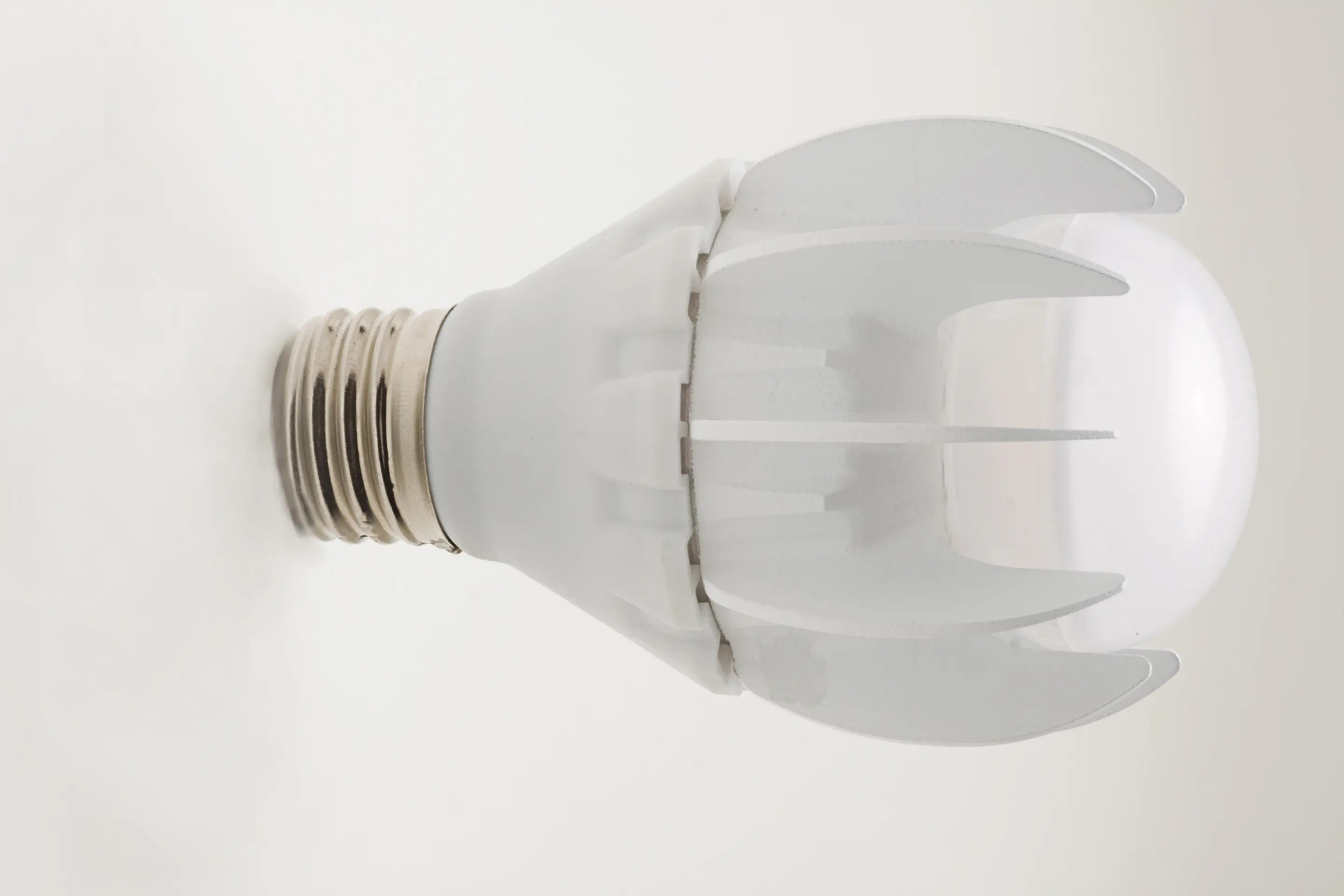
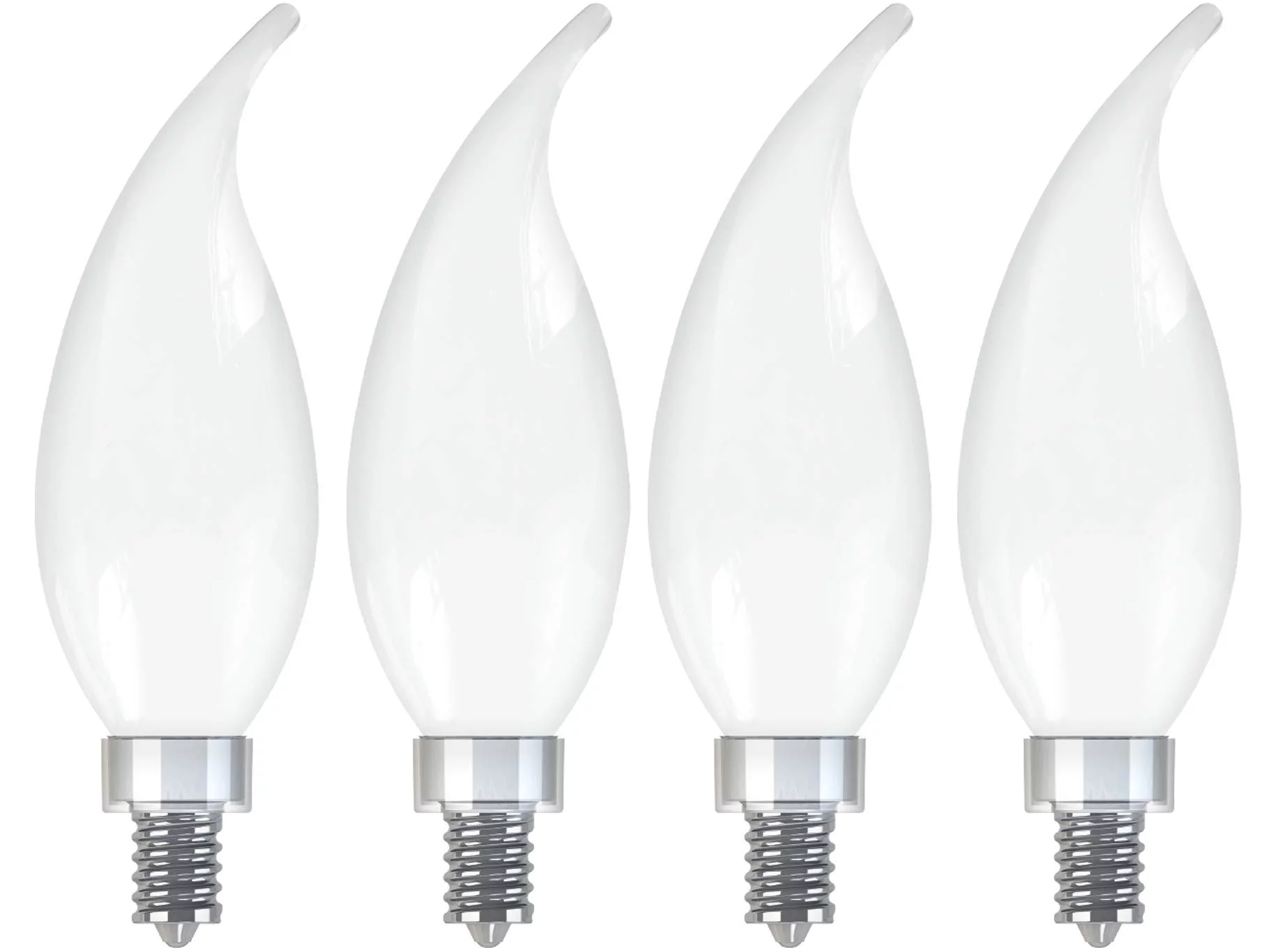
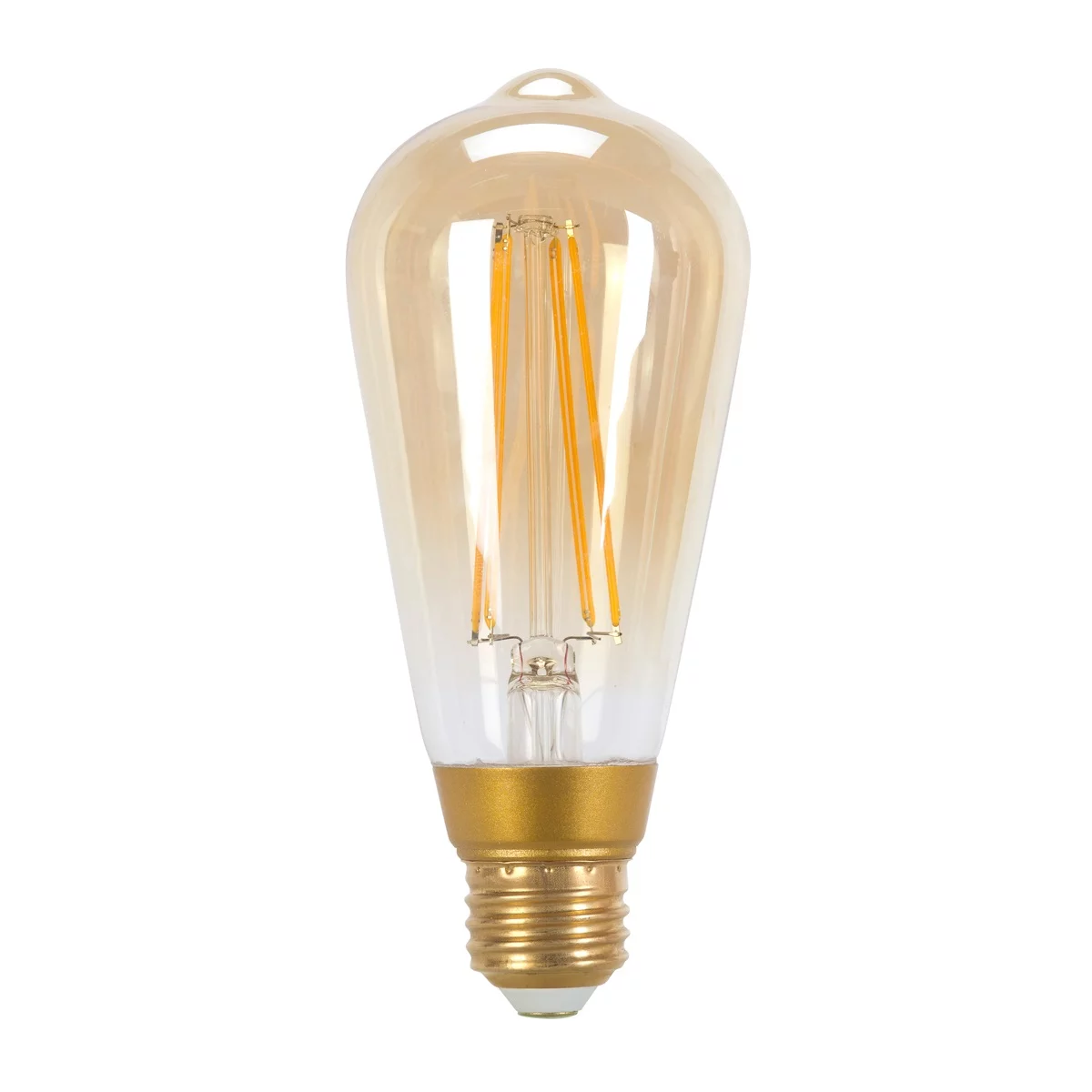
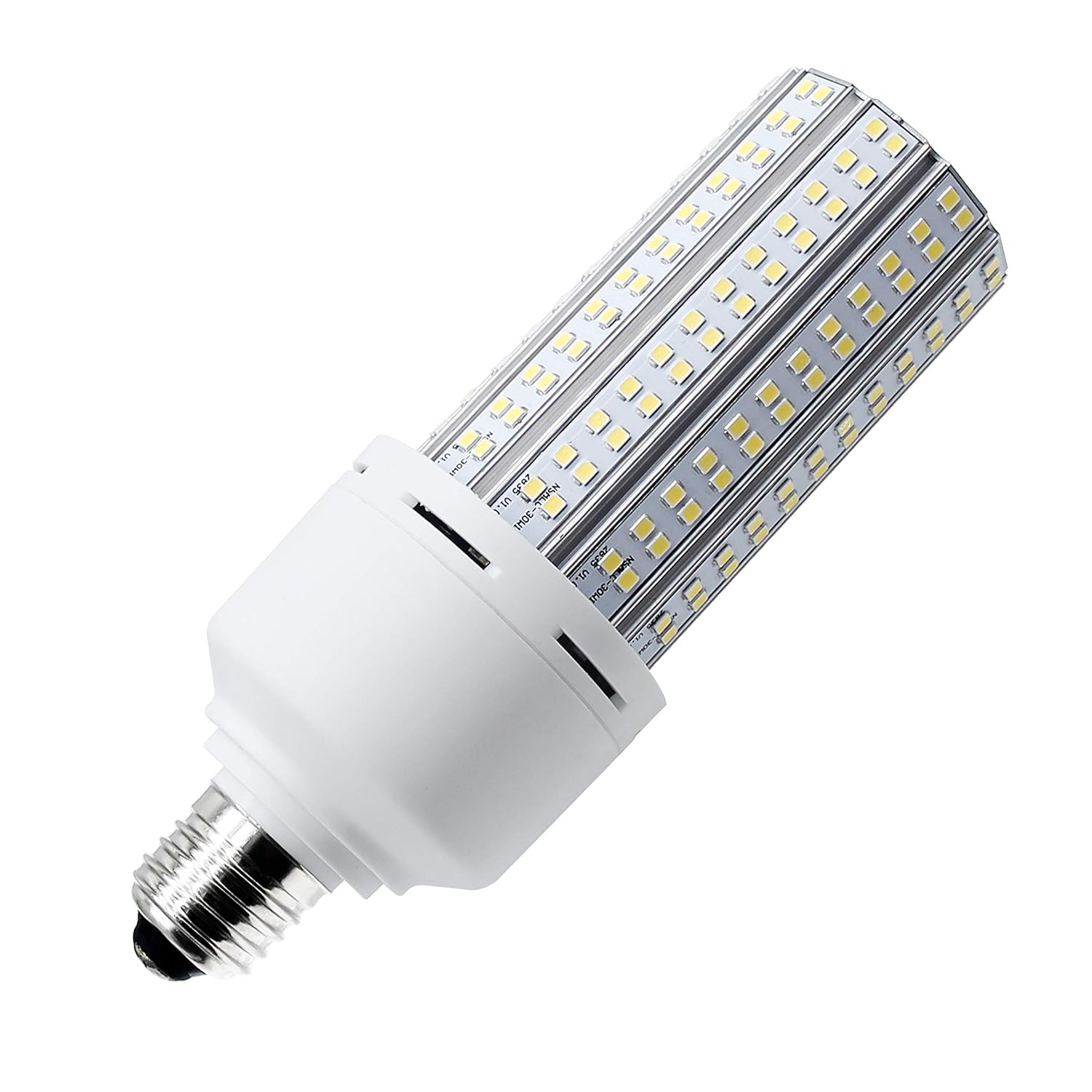
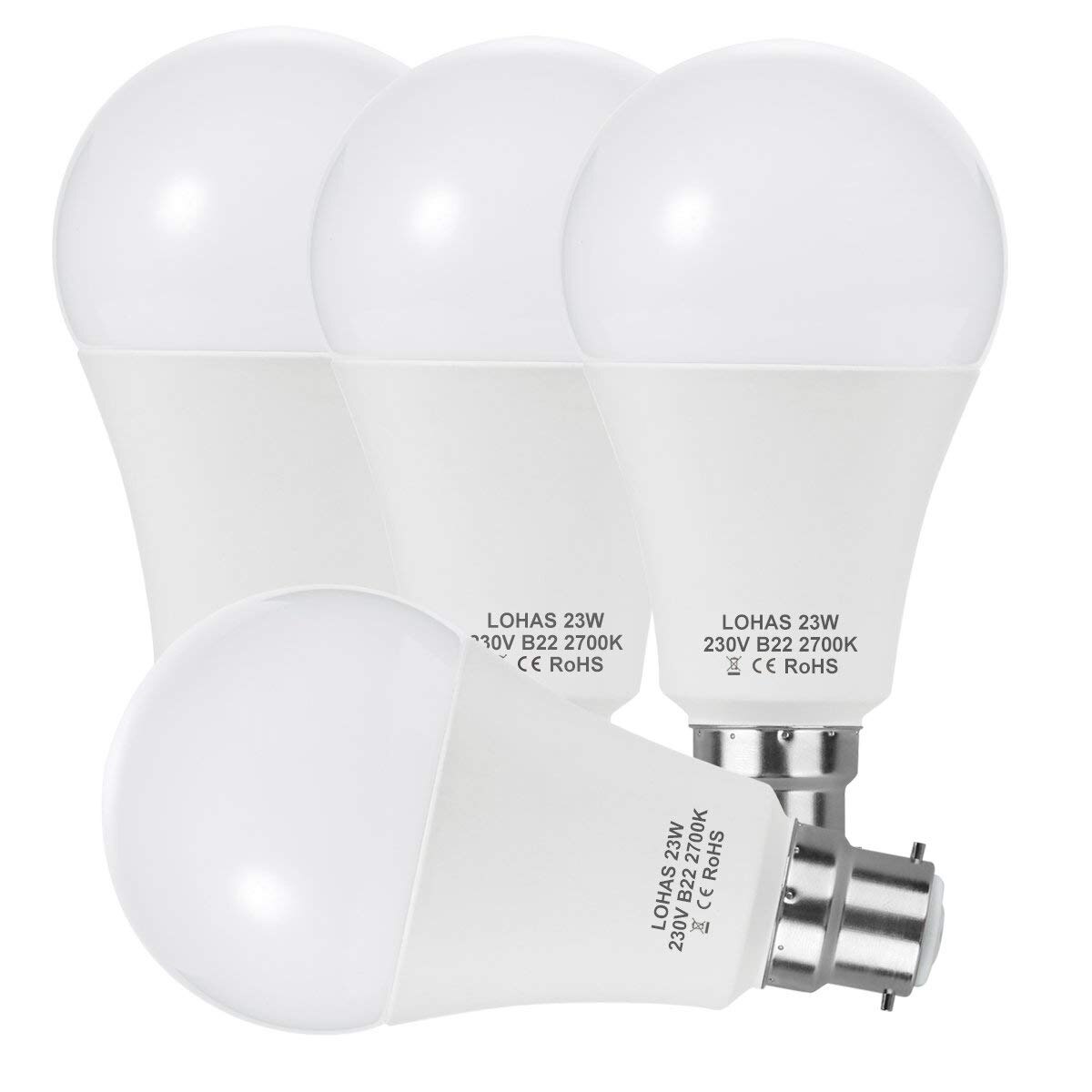
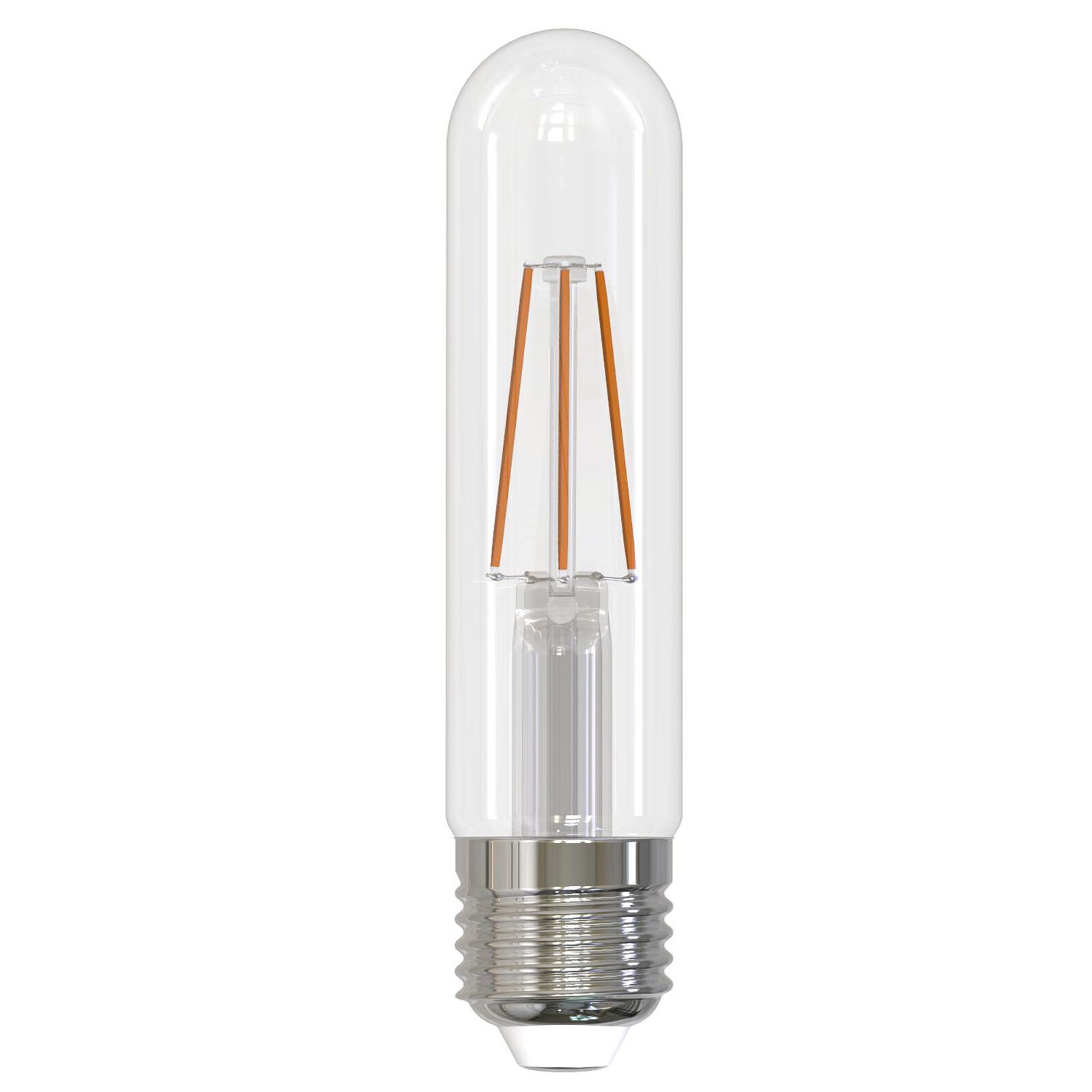
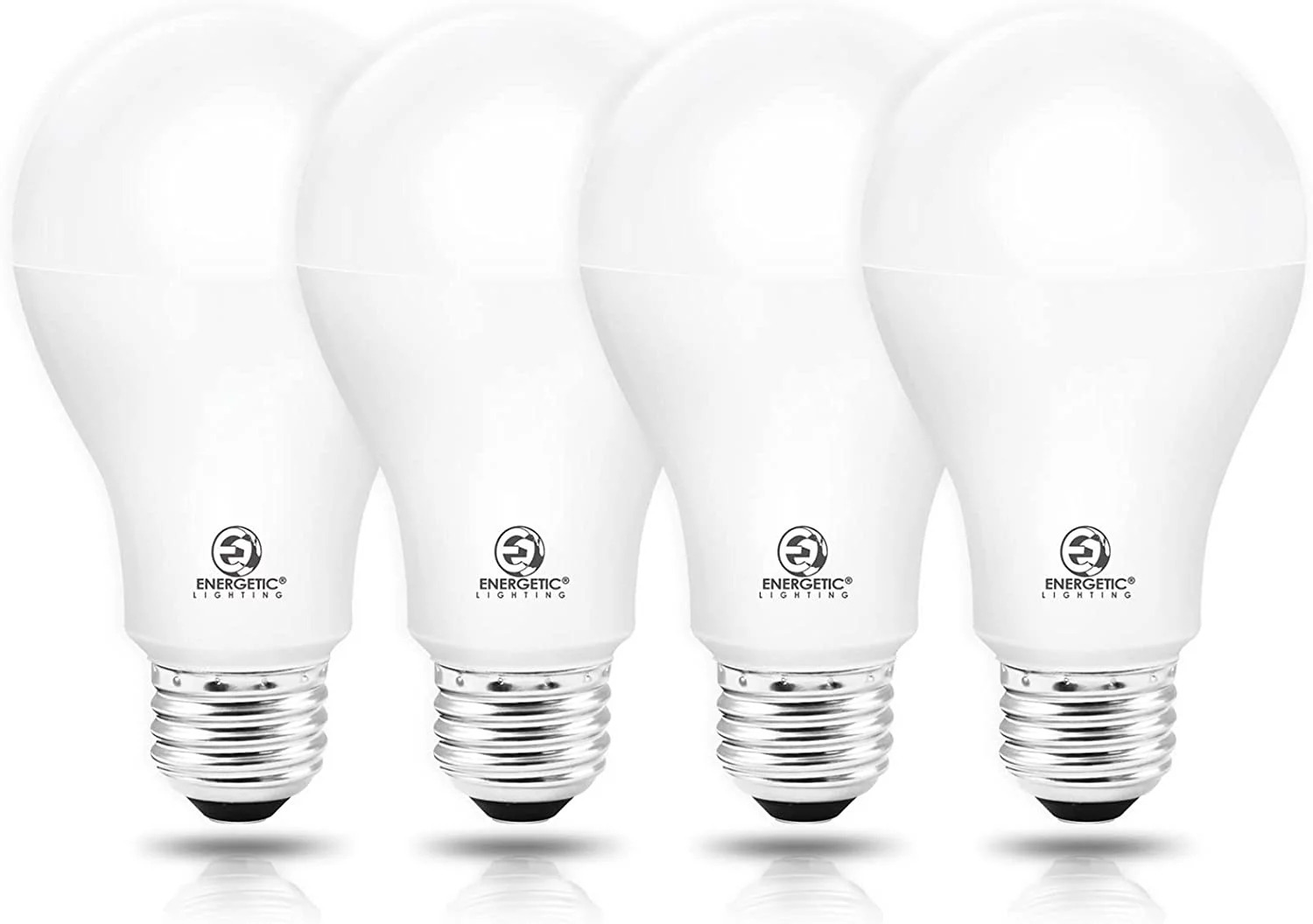
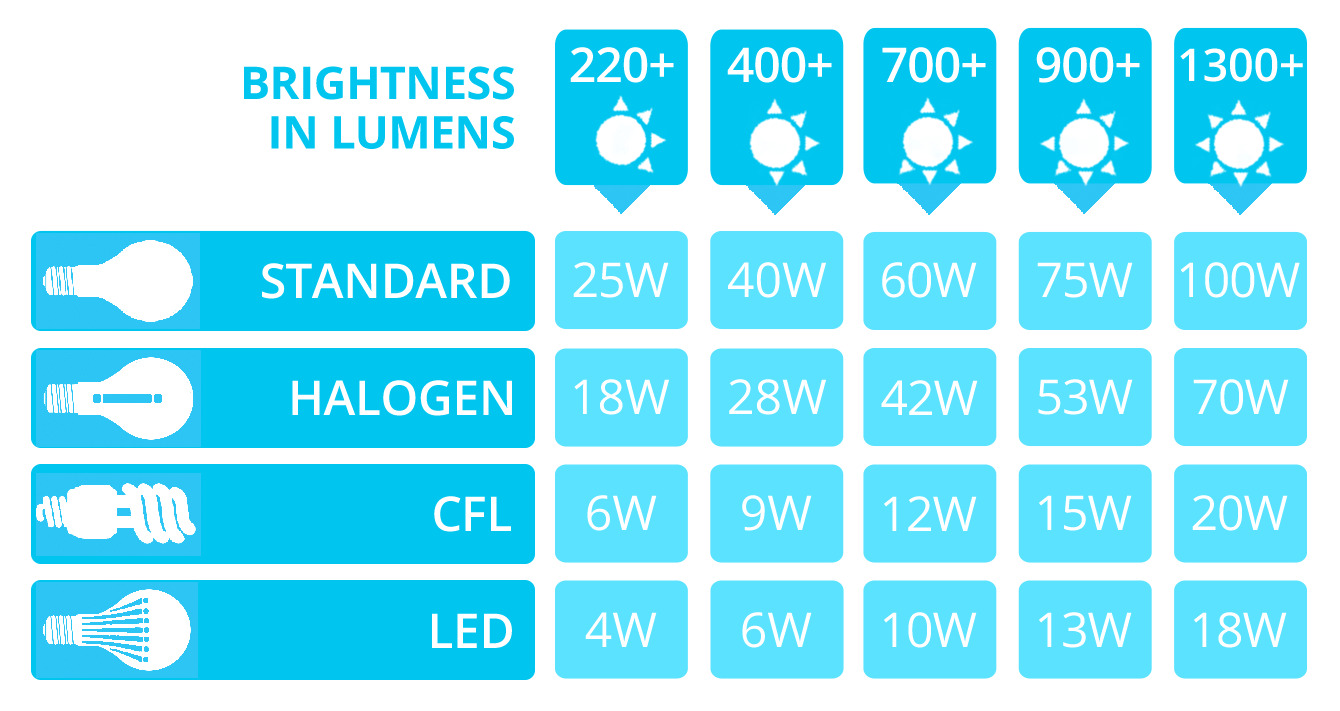
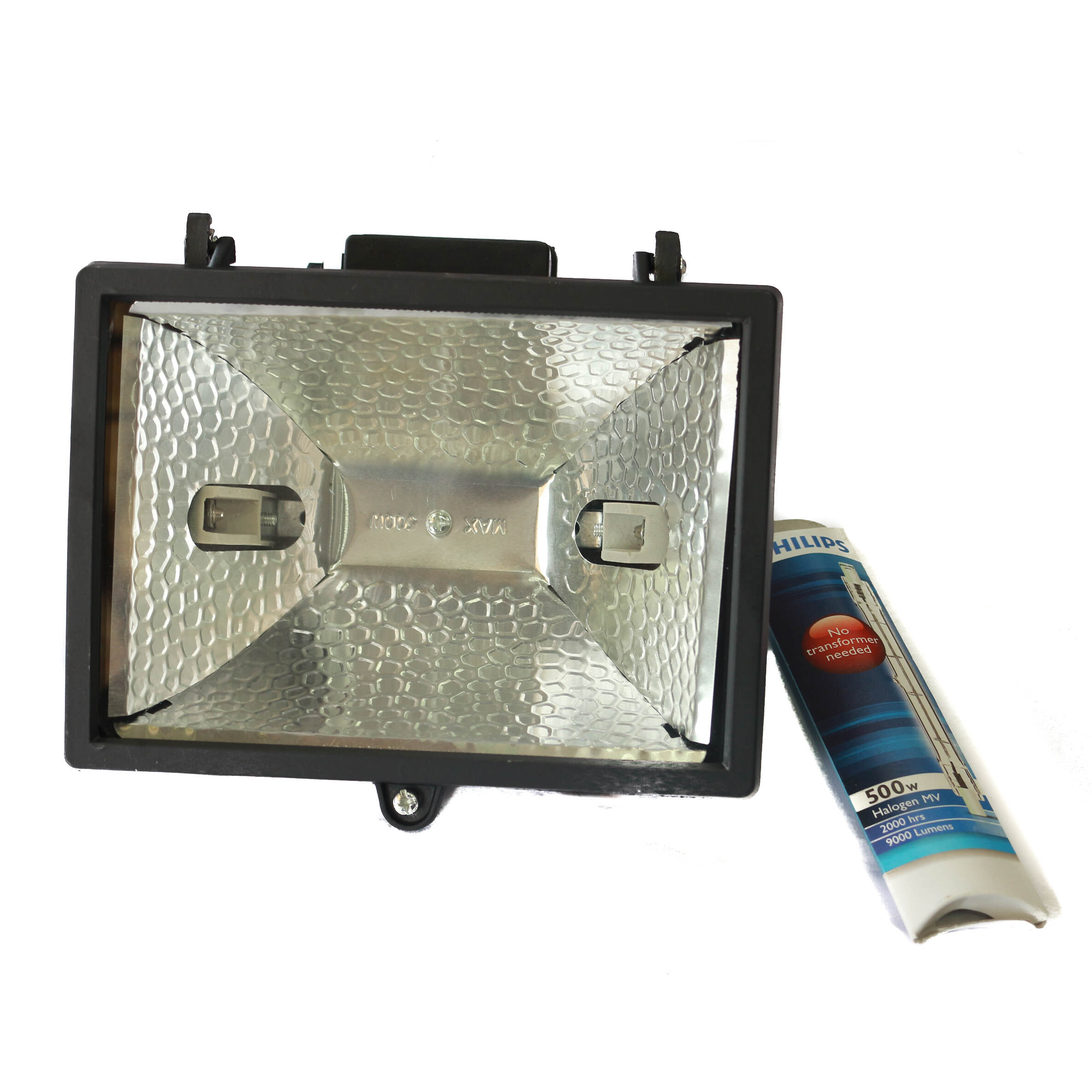
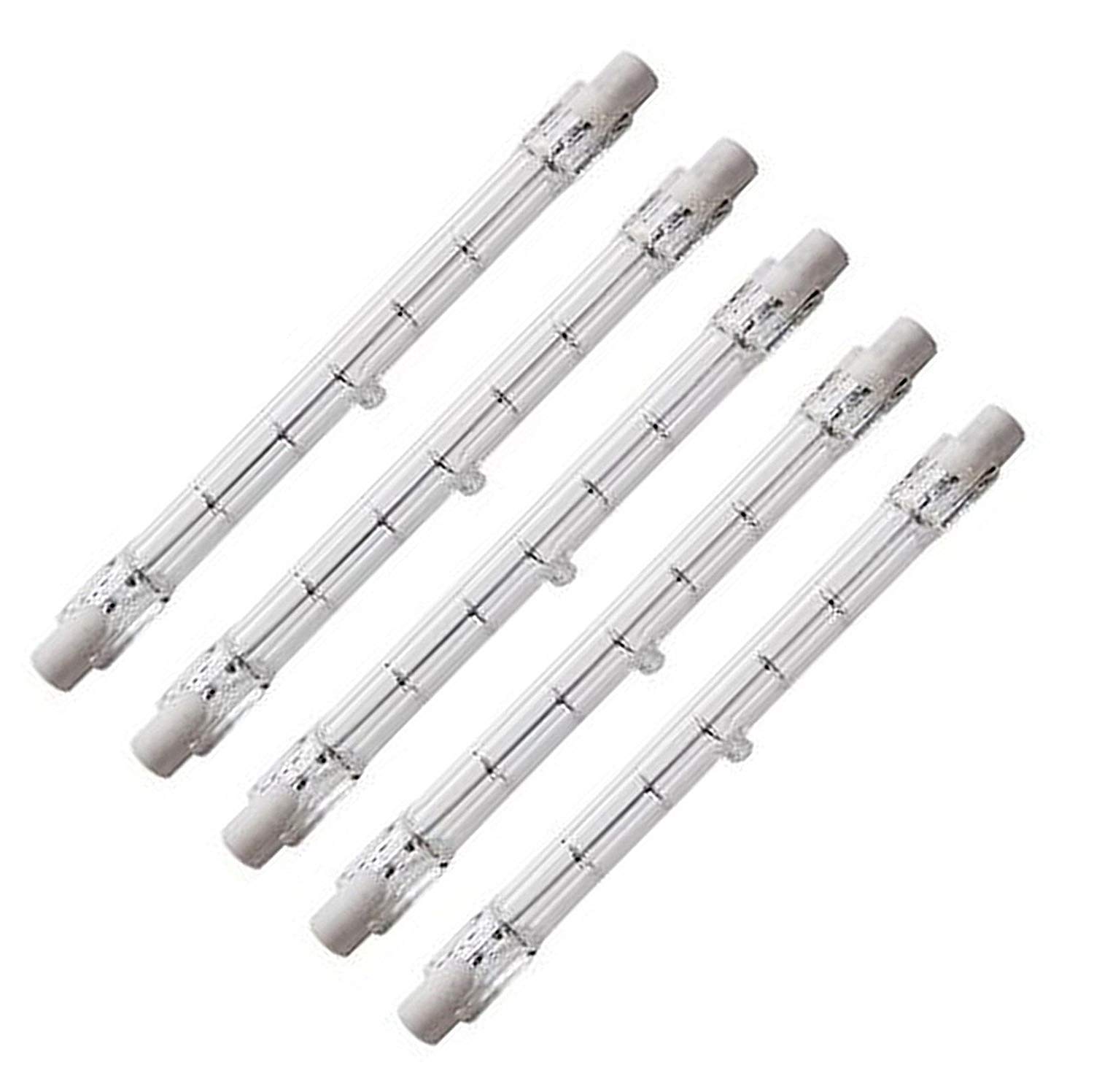
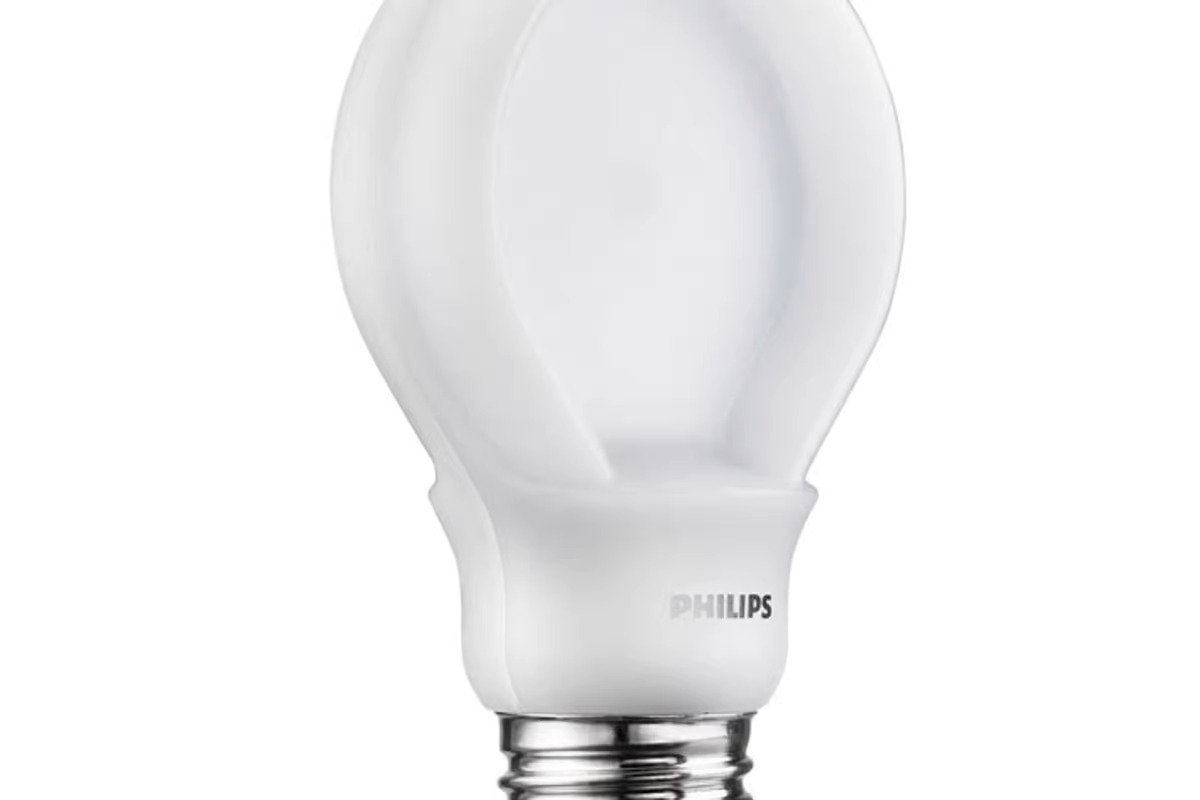
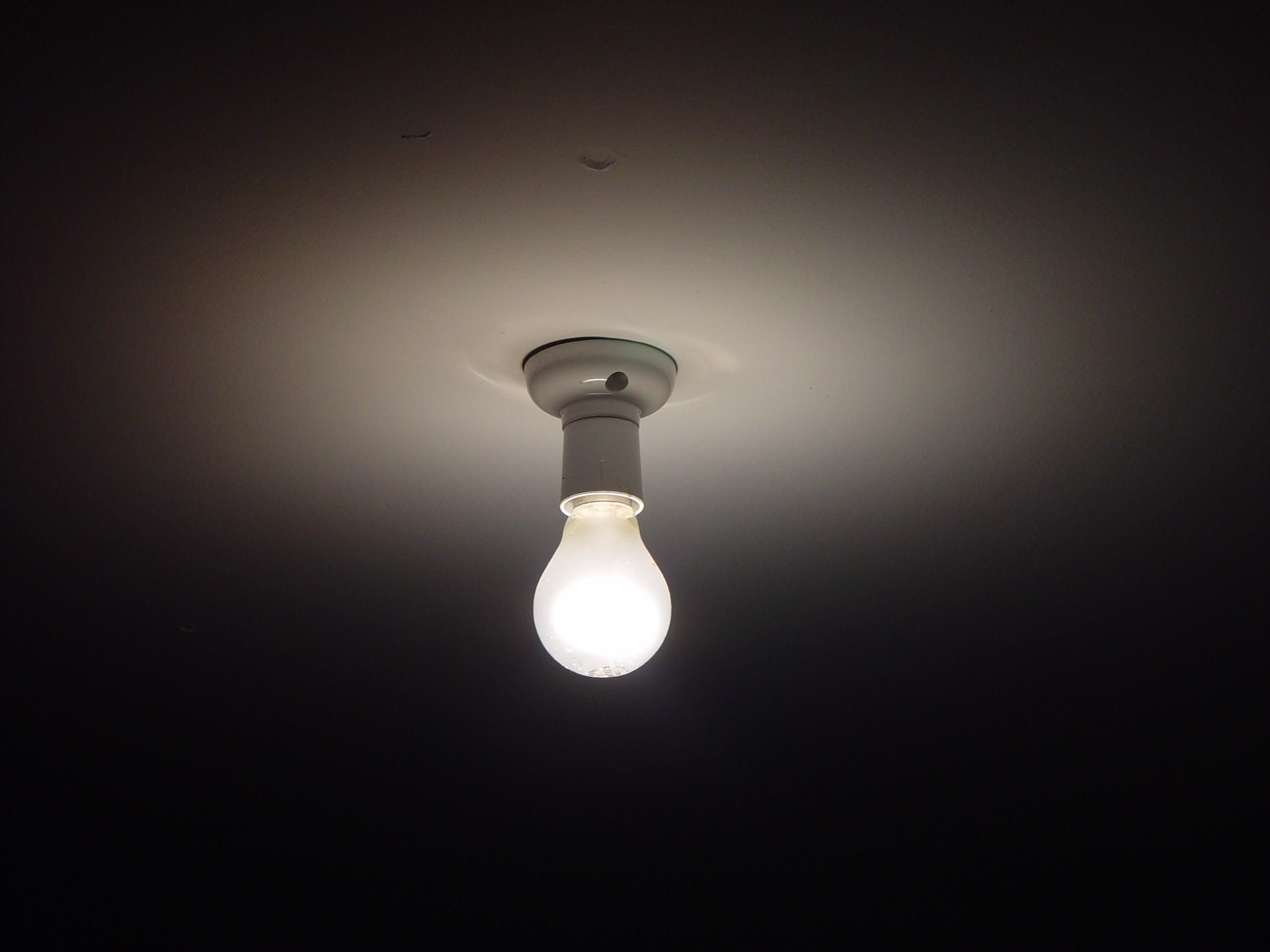
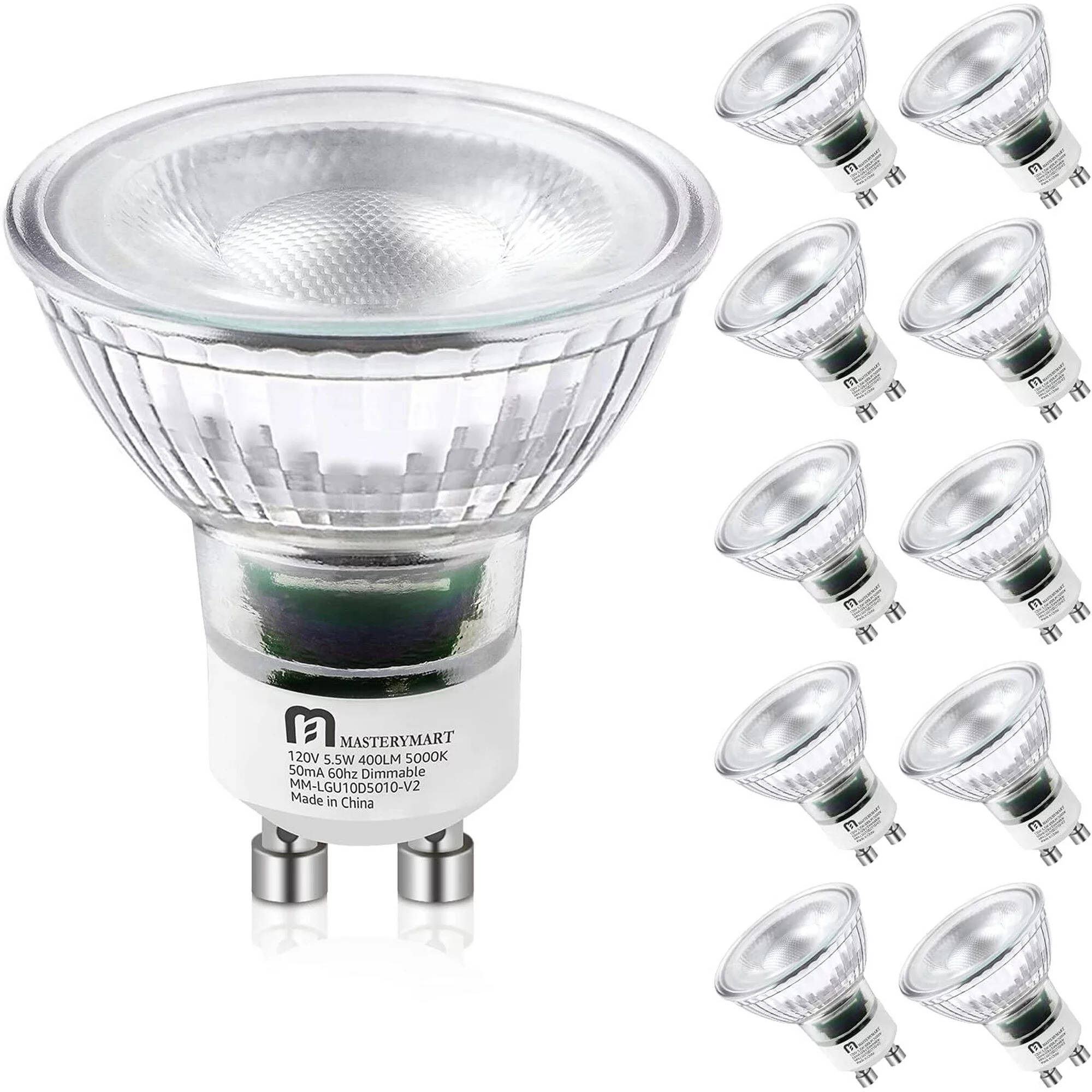
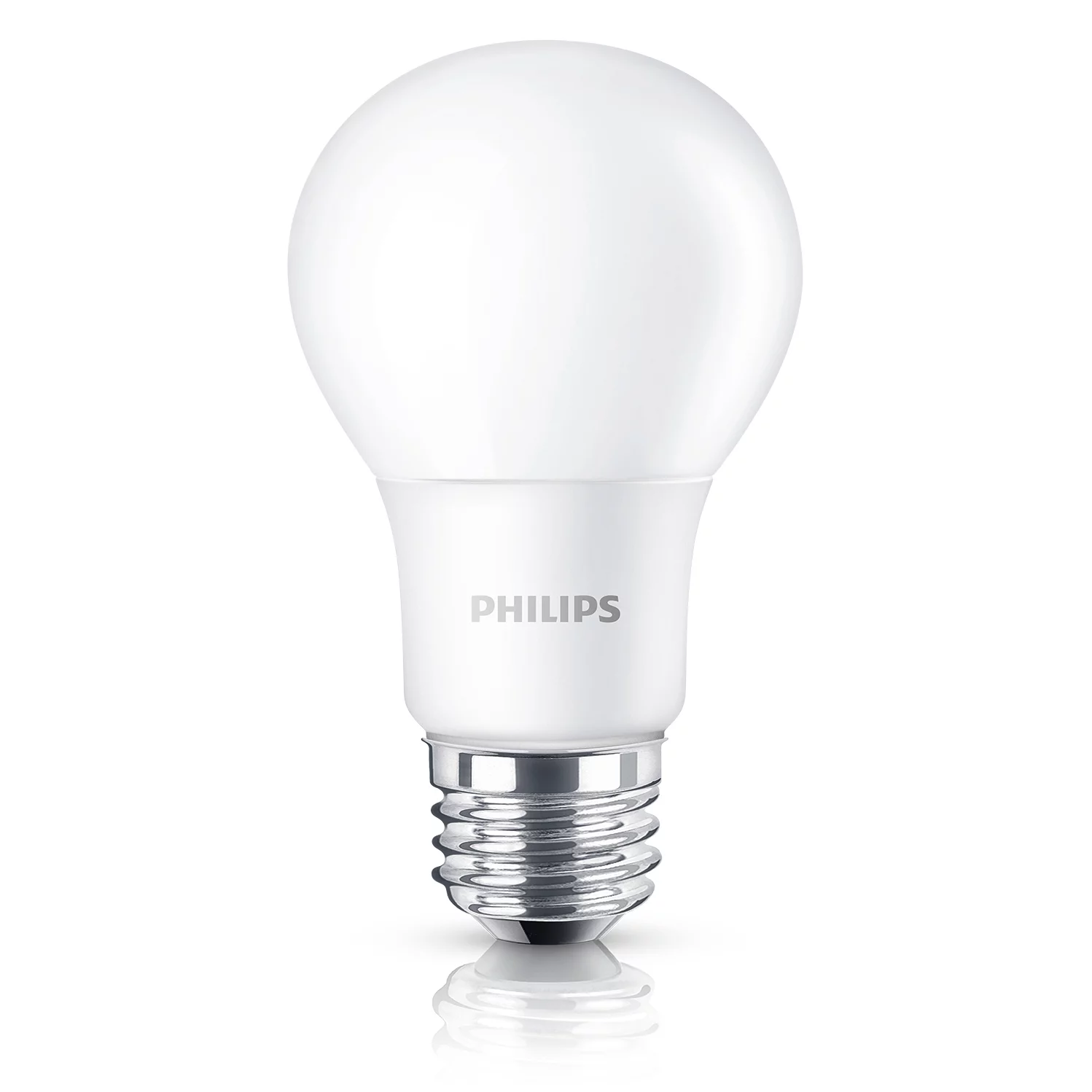

0 thoughts on “How Many Lumens In A 100-Watt LED Bulb”